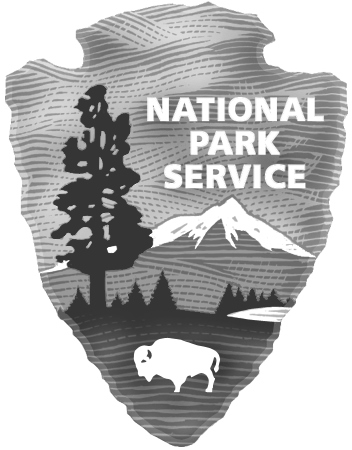This lesson addresses the theme of events that have not been remembered in local history; the main focus of this lesson is the 1906 Atlanta Race Riot. Students will focus on the specific sites of the riot to understand how an important historical event has been erased from the physical geography of the site and how landmarks can be used to remember victims as well as educate the public about such events. Students will be able to identify and describe sites of historical importance by identifying key historical events that shaped the history and geography of an area. Students will also be able to create a memorial or marker that causes people to remember an event in history by understanding the significance of the historical event and why it was not originally commemorated. This lesson can be used in units that evaluate the Jim Crow era, post-Reconstruction South, sociology of racial and economic stratification, and job competition within economics.



